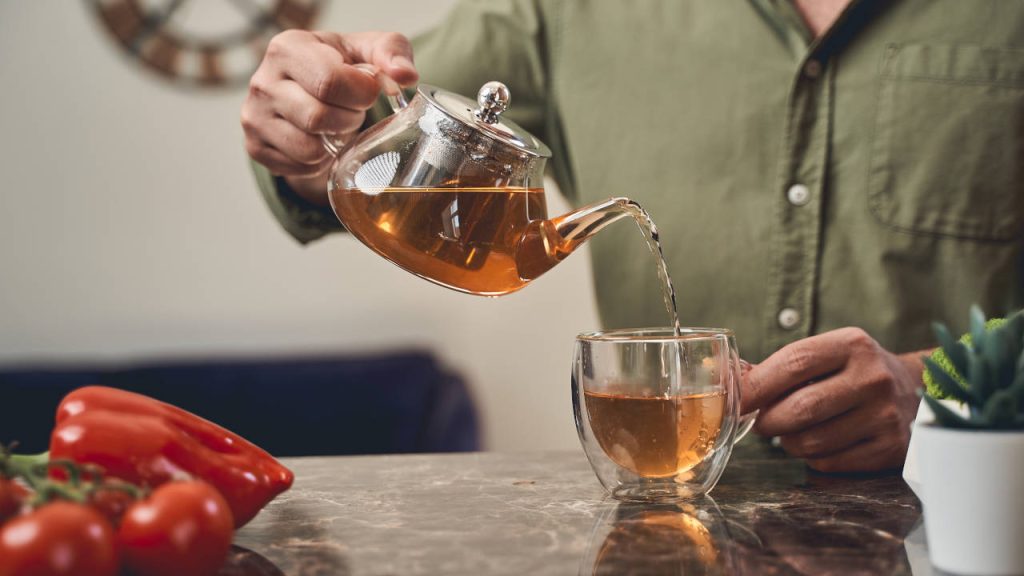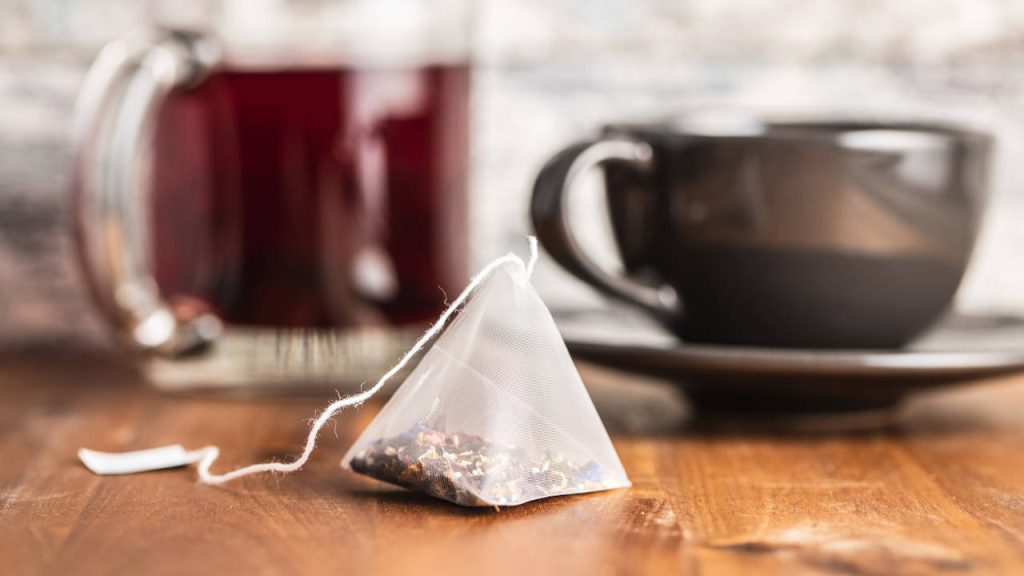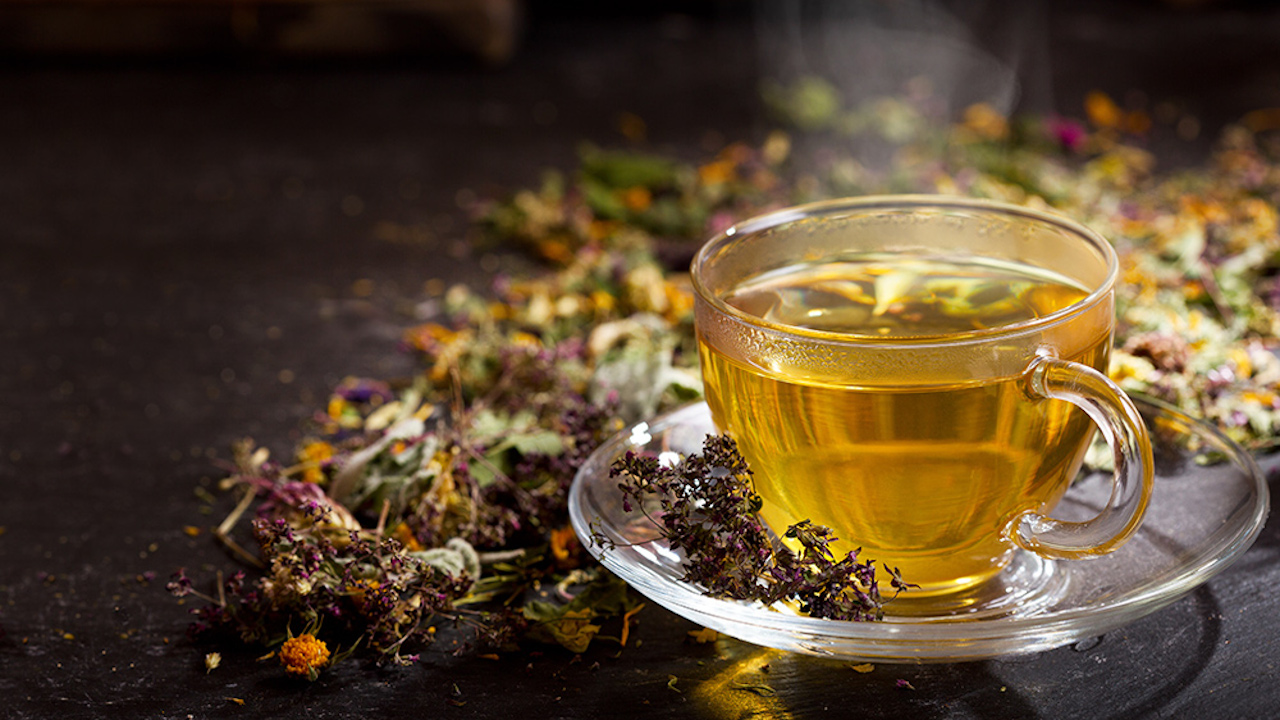How to Steep
The Best Tasting Cup of Tea
Tea, glorious tea. There is nothing quite so simple and comforting as a hot cup of flavorful organic tea. Of course some people can grab a tea bag and microwave some water, but to elevate the experience of making and enjoying tea, we must embrace the process.
What began as a form of holistic medicinal ingestion has become one of the most popular & relaxing pleasure pastimes across the globe.
But does it really matter how you get from steep to sip? Of course it does! And it all begins with what we call the Nectar of God… Water.
Fresh, pure agua is the first and foundational element to a glorious cup of tea.
The Water

Whether you enjoy loose leaves & flowers or bags, balls and baskets, starting with freshly drawn, cold water is key to a tasty steep. Bottled spring or filtered water is your best bet. Although if you’re out camping near a freshwater source, have at it! One of the best brews I’ve ever had was from this little river in Sipapu, New Mexico. It was ice cold and so sweet – we used it to fill our bottles and make some ridiculously good tea.
After you fill your kettle with fresh, cold water, It’s good to be familiar with what temp your tea leaves prefer. For example, most white and green teas don’t like boiling water because their leaves are delicate, so you need to be sure to stop your heat just short of a rolling boil. Otherwise, heat to boiling and you’re good to go! Tip: Try not to ever use water that has been previously boiled.
Know Your Tea
Next, know your tea, know your time. Over steeping your tea will make it taste bitter. Now, everyone has different taste. There are some healing teas that are bitter no matter what, and have their own distinct & sometimes powerful flavors. And I LOVE my healing teas! They bring the same pleasure to me as a glass of great Argentina Malbec. However, in general, your steeping time should be long enough to bring out the fullness of flavor without cooking your leaves.
Here’s a quick guide to the most popular teas and steep time:
Now, let’s address which vessel we choose to steep our teas. Tea lovers drink over 86 billion servings of tea in the US alone, and as we are all different, the method of delivery we choose varies.

Floral tea bag on wooden table.
First up, the most popular method of steeping, the Tea Bag. For those in a rush, or traveling, tea bags are the quickest, easiest way for a tea lover to grab a cup on the go. As tea bags are filled with broken leaves or fannings (small fragments of tea leaves), which actually infuse faster than loose leaves, this is a great alternative. However, all tea bags are not created equal. Similar to tea “bags”, but able to hold whole leaves/flowers in their pyramid shape, are Sachets. Sachets give you 50% more room than flat tea bags and can be self-filled, much like tea “Socks”. They come pre-filled or you can fill them with your loose stash yourself. Let’s just say that, if you are able to, avoid using any of these tea bags/sachets which contain any plastic.
Tea Bag Cons
A new set of tests found that a single bag sheds billions of particles of microplastic into each cup. Studies have shown that, although mindful consumers are promoting the reduction of single-use plastics, some manufacturers are creating new plastic packaging to replace traditional paper uses, such as plastic teabags. The objective of this study was to determine whether plastic teabags could release microplastics and/or nanoplastics during a typical steeping process. We show that steeping a single plastic tea bag at brewing temperature (95 °C) releases approximately 11.6 billion microplastics and 3.1 billion nanoplastics into a single cup of the beverage.” (1)
Britain Prefers Tea Bags
Apparently, over 96% of tea drinkers in Britain prefer using tea bags over a traditional loose leaf steep. Many companies use polypropylene to help keep the bags from disintegrating in the hot water, So if you’re a bag user, opt for cotton or paper recyclable and biodegradable bags that do not contain any plastics. For the health of yourself and the environment.
Now, on to play with loose leaf teas! Infusers are reusable mesh or woven (think Bamboo) baskets or balls in which you place your desired amount of tea; usually about one teaspoon of leaves per cup, but more or less according to individual taste. It’s always best to pour your fresh, hot water over your leaves & then let them steep for the recommended time. Again, usually 2-7 minutes depending on the type of leaves.
There are also infusing kettles in which you place your full leaves and/or flowers and after you pour the hot water and steep, you can pour directly into a cup while the rest remains hot. As well, using a vessel similar to a French Press yields the same tasty tea. Simply place your desired amount of tea leaves, pour fresh hot water over them and steep for recommended brewing time! This last steep method is best if you prefer a powerful brew, as the leaves continue to steep.

